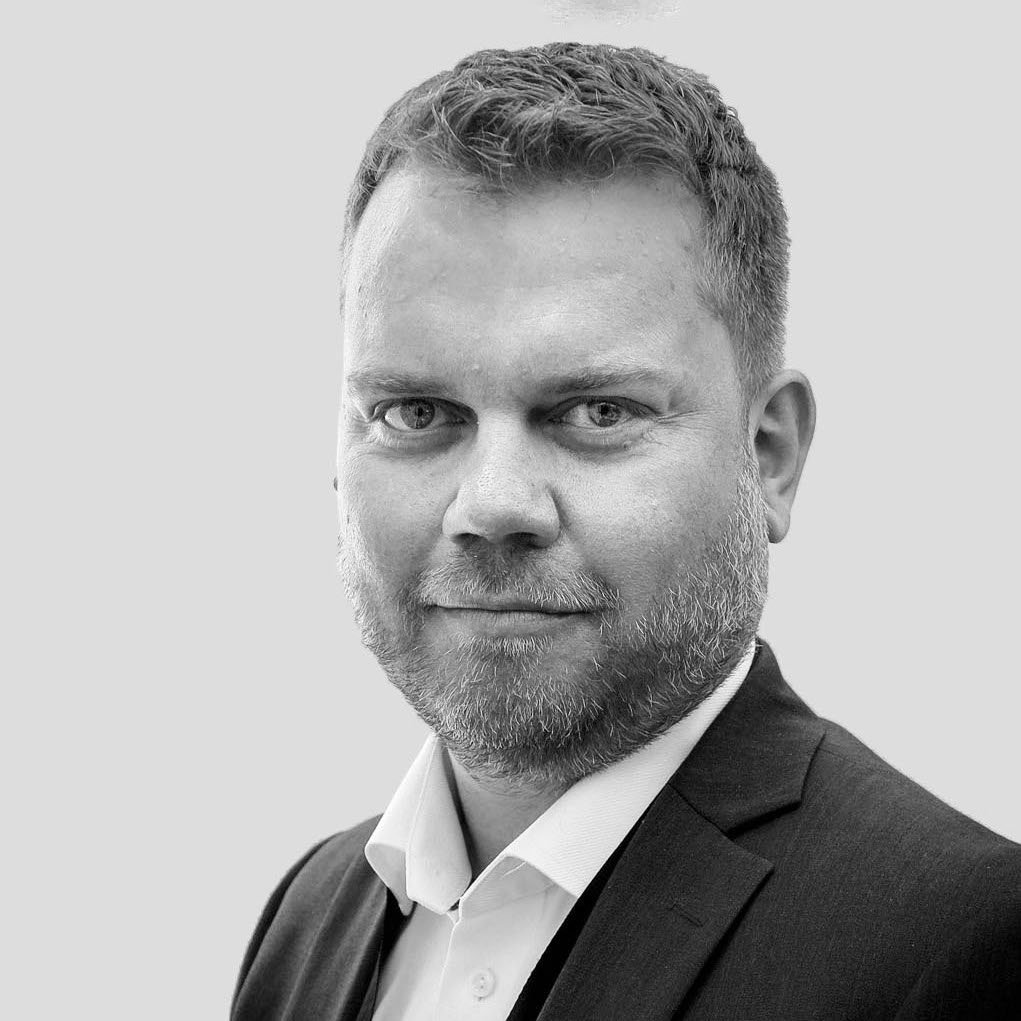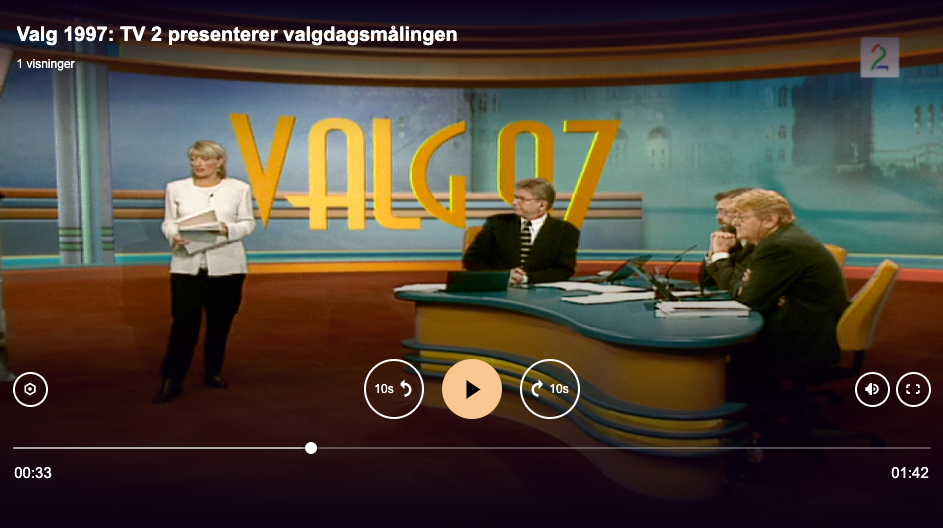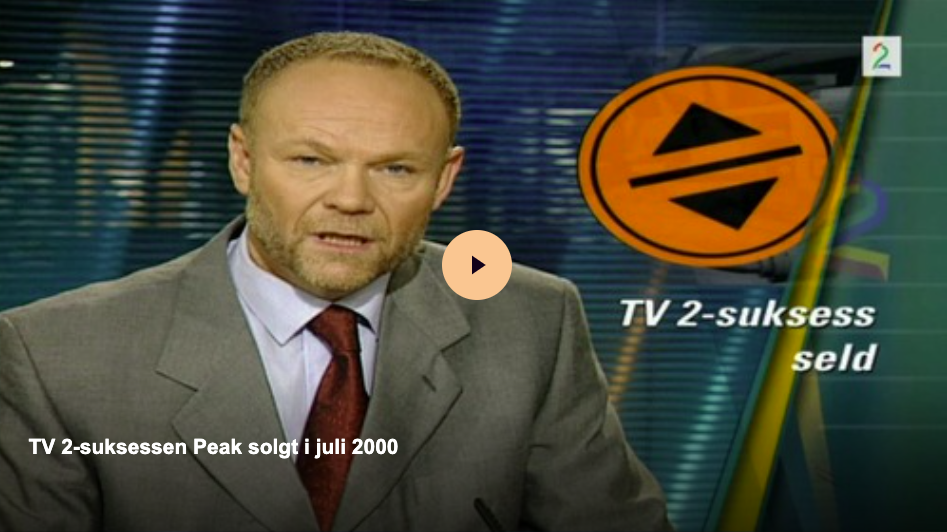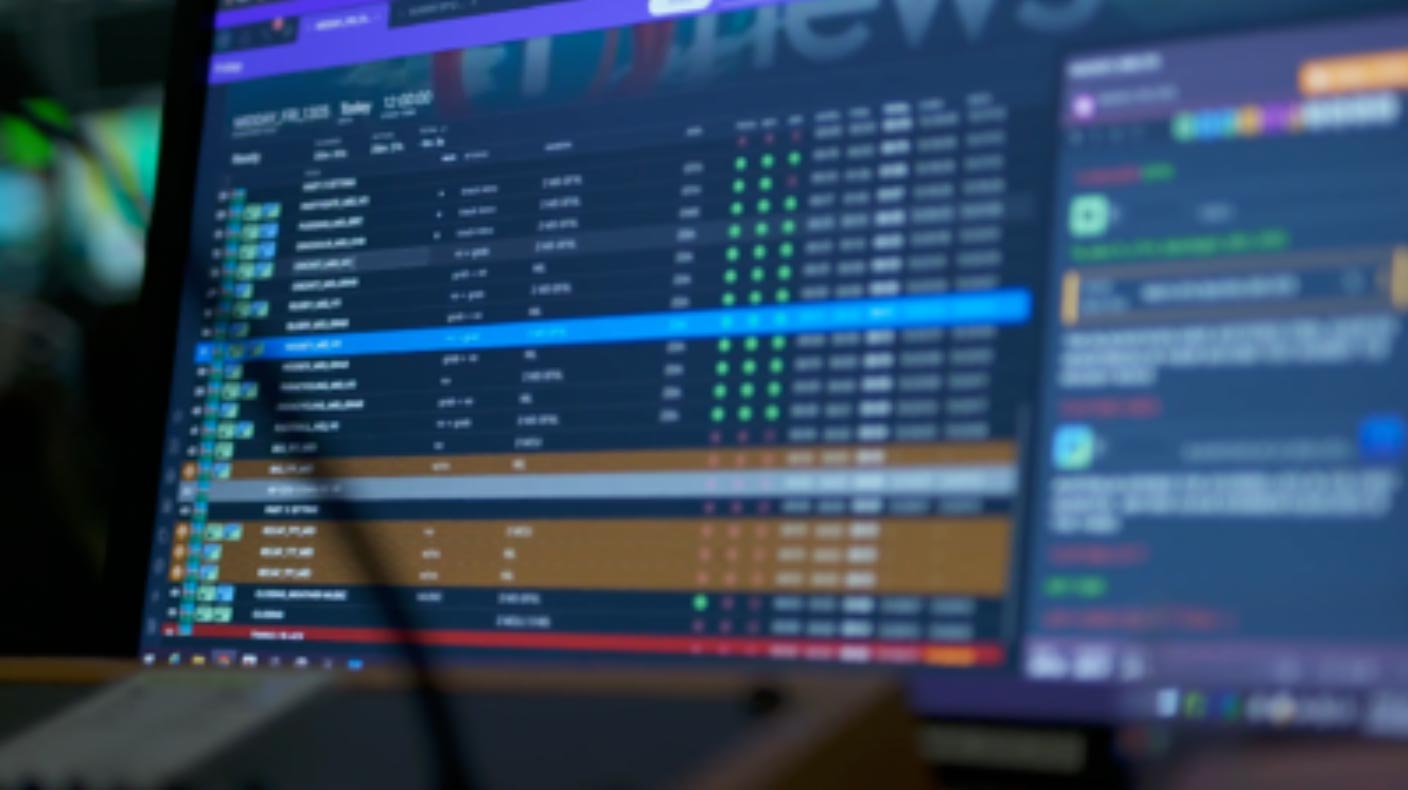Why do some of the best broadcast solutions come from one of the world's smallest markets?
The very conservative, engineering-driven broadcast industry is struggling to reinvent itself. Why is that? And how politics created much-needed innovation back in the 1990s.
During the Future Week event in Media City Bergen, I was invited to a session with several politicians to discuss innovation and success in the startup scene. It ended as it always ends: A discussion about taxation, capital investments and how the government procures; topics that are not a matter of focus when a young company takes its first baby steps.
But, the politicians are, of course, correct:
In Norway, giving employees options in a company is almost impossible. The tax authorities will cause so much trouble for you that it is not worth the effort. Politicians love to discuss it. The likeliness that these discussions lead to any new, successful technology companies is next to zero.
And, of course, capital investment is vital for a company at a given stage, but in the early days -it’s not. Most entrepreneurs will starve, sleep in the office over the keyboard, and take up loans to survive. They do this with a strong belief in their idea! Capital investment becomes the focus when entering a scaleup journey. But, companies fail in their growth efforts due to a lack of direction and discipline.
Government procurement will never work for a young company simply because the amount of required paperwork kills the spirits of entrepreneurial souls.
Taxation, capital investment and procurement are simply not topics of focus for young companies. And without successful young companies that manage to get through the challenging start-up phase, these topics remain irrelevant.
So, what are the critical factors for young companies to survive? Customers. Or a path to prove product-market fit, as Marty Cagan and his team would call it. Suppose you accept for a moment that it’s all about the customers. What kind of politics should be implemented to create new, valuable companies?
Here is a fun fact: TV 2 Norway, Media City Bergen and all of the TV 2 spinoffs result from political decisions back in the 1980s.
But, I am pretty sure none of the politicians involved in deciding that there should be a commercial broadcaster in Norway had any idea of the effects it would have on the city.
A unique history of innovation and value creation
The TV.-channel itself is, of course, very successful. That is not the story here.
The side-effects of the political decision to establish a commercial broadcaster and the fact that the consortium focused on Bergen won have forever changed the global broadcast technology industry. Big words, you might say. But let me give you some insight into why I think it’s a factual statement.
First, we need to look into the unique situation at TV 2 Norway back in the early 90s. I was not there myself. I was in Bergen as a student and a weekend journalist at the most prominent local newspaper, Bergens Tidende. I should have been at TV 2, though. In Bergens Tidende, the average age was around 50. TV 2, when they started their test broadcasting in 1991, was way down in the 20s. And for me, at 19, it would probably have been the right place.
And I would probably qualify for a job. Most did. Keep in mind that Bergen didn’t have a horde of broadcast engineers to hire for the new channel. There weren’t enough of them in town. So instead, they recruited relatively young technologists from banks, insurance and shipping. People with no idea what a character generator was. They were people who had been working on ATMs and banking systems. The mix of young people with minimal experience in broadcast technology turned out to be genius. More on that later.
There is also something more you need to understand about the Norwegian broadcast market. It’s tiny. If we take the lilliput nations out of the equation, the Norwegian and Danish broadcast markets are the smallest in the western world. Local television in New York City is around five times bigger regarding the number of households.
And the Norwegian currency is never there to help. The NOK was weak after the devaluation in 1986 and has never been a trustworthy companion for companies that need to invest dollars, pounds or the Deutsche Mark. Adding to this, the costs of hiring people in Norway are among the highest in the world. The Scandinavian model is perfect for people, but it also has implications for running a business. It needs to be effective. And broadcast tools back in the early 1990s weren’t very effective.
My first boss at Vizrt, Bjarne Berg, was a key player back in the establishment of TV 2. He once said: - We were travelling worldwide to look at tools, but we could not find any that we could afford. So we decided to build them ourselves.
In most cases, that is a bad idea. It’s like ad agencies deciding to make their own photoshop. History is full of (media) companies that fail going down this path.
Mixed with the Norwegian west coast mentality that made TV 2, the focus on making cheaper and more efficient tools turned out to be an excellent idea.
The young TV 2’ers were fearless of change, or youthful naive, as traditional broadcast people would say, even in the early beginnings. The west coast mentality will always be a part of TV 2s DNA, creating significant innovations, not only in technology. There is something about the commercial culture on the west coast of Norway that you find in a few other places in the world.
So we have five factors that are pretty unparalleled in the establishment of TV 2:
- Young staff with minimal broadcast technology experience.
- One of the smallest markets in the world.
- One of the weakest currencies in the western world.
- The cost of personnel is among the highest in the world.
- The west coast mentality.
And, of course, there are many coincidences along the way. But back then, in the early 1990s, two companies were established that probably are worth more than TV 2 itself today at a point when TV 2 itself was burning cash.
Let’s start with one of them, a company that might be known to a few of you.
StormGeo
At the start, one of the main focus areas for TV 2 was the weather presentation. But they were first denied access to the weather data from the Norwegian Met Office, and then it became costly. (There is an exciting point to be made about the Met Office and their relationship with the state broadcaster, NRK, but I will resist). TV 2 ended up creating its own Met Office, based on the needs of TV 2. There has, of course, been a lot of fantastic business development in StormGeo, and their main focus has not been the media vertical for years. An innovation that started as a media service now focuses on accurate weather forecasts in a plethora of industries. It is safe to say that there would not have been a StormGeo without TV 2. The last transaction in the company valued StormGeo at 3,6 billion NOK.
And then, of course, the biggest one of them all, Vizrt
One of the unique things about TV 2 back in the 90s was that the news organisation had their own tech department, which was given autonomy from the primary technology department. To head it, TV 2 hired a relatively young man from fintech (long before it was a buzzword). The innovative geek was the go-to guy for entrepreneurial editorial management. There are many stories to be told, and I am sure there are many lessons to be learned from these years. We will for sure revisit those days.
The Norwegian Election in 1997 was the arena where the first pixels from TV 2s spin-off company, Peak Broadcast Systems, went on air. And the rest is history.
Click the image below to open the video from TV 2's election coverage, in 1997 (opens in a separate window).
We will surely invite Petter Ole Jakobsen, the founder of Vizrt and the godfather in the media cluster in Bergen, to contribute with his stories from these special times.
Peak Broadcast Systems was sold to RT-SET for 500 million NOK only two years after the company's launch.
Click the image below to open the TV 2 news announcement of the Peak Broadcast Systems and RT-SET transaction from July 2000 (opens in a separate window).
Mosart Media Lab
We are planning to write a separate blog post about Mosart Media Lab. The founder of Mosart is also one of the founders of 7Mountains, and we have the pleasure of meeting Mads Grønbæk (almost) every day in the office. But Mosart is the perfect storm of the TV 2 innovation cycle, created by the needs of TV 2, fissioned out in a separate legal entity after it got enough external customers to have product-market fit, and then sold to Vizrt when it became very profitable. More on that later.
So what’s the point of this very long story? TV 2 was an early customer of both Vizrt and StormGeo. It was the first one. And from that foundation, the founders built some fantastic companies.
So if there is one thing politicians can do to help young companies, it’s to ensure they have access to customers. In Norway, we have a government agency called Innovation Norway. They have a tool called innovation contracts, given that the startup can get a customer to sign for the product. The startup will have to dedicate hours to making the product, but the customer company will get a heavy discount/get the features developed for free.
One of our companies, 7Mountains AS, has a contract like that. But not with Norwegian companies. We had to go to Denmark to find startup-friendly and innovation-oriented companies. Since TV 2 was out of the equation since they have a semi-competing startup themselves, we tried to get NRK to be a part of our innovation contract. We asked them in May 2019 and still haven’t heard back from them.
The other factor about the Norwegian media is that the government heavily subsidises it. Almost all media outlets in Norway have some form of tax exemption or direct financial support. Most of them are qualified for exception from value-added tax, and NRK and TV 2 have direct financial support. NRK gets over 6 billion NOK over the government budget. TV 2 gets 135 million NOK in direct support for producing news and having its main office in Bergen. If you calculate 135 million NOK into a turnover number, depending on the owners' expected EBITDA margin. TV 2s EBITDA margin in 2020 was 8,8 per cent. Do the math yourself.
Since the government is willing to put a lot of money into media, it should also be willing to put some expectations behind its investment. The most obvious one that would help companies get those much-needed customers would be to put a requirement to participate in innovation contracts behind their money.
For our company, 7Mountains, the innovation contract was essential. It got us to a new functionality level. Today, the product Dina is the only true story-centric tool in the world, with a rundown module made through an innovation contract that allows producers and journalists to manage their stories to all platforms from one (browser) window.
Please let us know, in the comments field, how the incentives system and helping young technology companies work in your geographies.
Want to learn about story-centric workflows with Dina?
FREE Ebook by Mads Grønbæk, CTO in 7Mountains and Emily Dawson, Managing Director in Stem Media: “The principles of story-centric workflows”. Download your copy:








